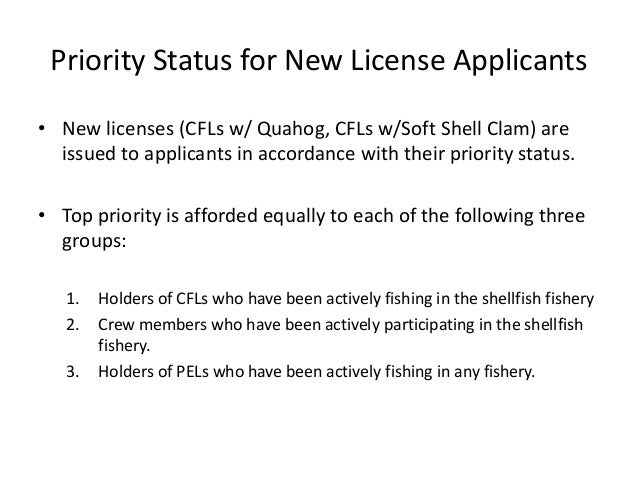

Licensing agreements set up an avenue for passive income. If you are a trade mark owner, some of the advantages of licensing are outlined in the table below. This licensing agreement provides that the licensee is the only party allowed to use the trade mark, excluding even the licensor.Ī non-exclusive agreement allows the licensor to use the trade mark and grant other third parties the same licence. However, the licensor cannot grant any other licences within the same area. This type of licensing agreement allows the licensee and licensor to use the same trade mark in the same area simultaneously. There are three main types of licensing agreements. Types of Licensing AgreementsĪs a trade mark owner, it is up to you to decide the degree to which you wish to licence your trade mark to the licensee. Generally, this will include an upfront fee and an ongoing royalty fee to the licensor. This arrangement is particularly prevalent amongst franchises, where the licensee pays the licensor for access to the licensor’s trade mark portfolio. The agreement between the licensor and licensee is referred to as a licensing agreement.

For example, they may only be able to use it within a certain geographical location. Usually, this is done within certain parameters. Trade mark licensing refers to an agreement where a trade mark owner (the licensor) permits someone else (the licensee) to use their trade mark. One of the benefits of a trade mark includes the right to commercialise it, including licensing. This article will take you through what a trade mark licence is and the advantages and disadvantages of trade mark licences to better understand their purpose. Indeed, a trade mark licensing agreement is one way you can commercialise your trade mark. A trade mark gives you exclusive use to your trade marked brand asset, including the right to its commercial use.

Trade marks are one form of intellectual property (IP) protection that you can seek for your business.


 0 kommentar(er)
0 kommentar(er)
